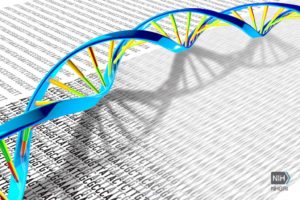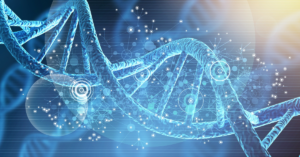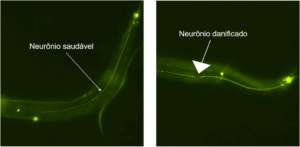
Snapshot: What is Polymerase Chain Reaction (PCR)?
Polymerase chain reaction, or PCR, is a commonly used laboratory technique that was invented in the 1980s. The method has many applications in different fields, ranging from identifying individuals in forensic science, detecting pathogens in water supply, and genetic testing in medicine. PCR works by first obtaining a sample that Read More…














